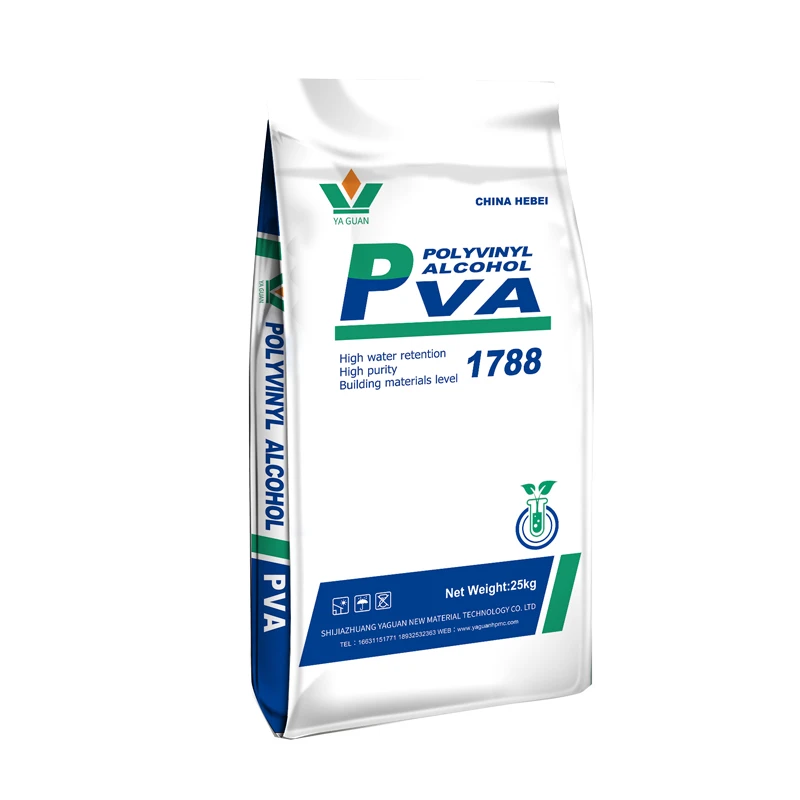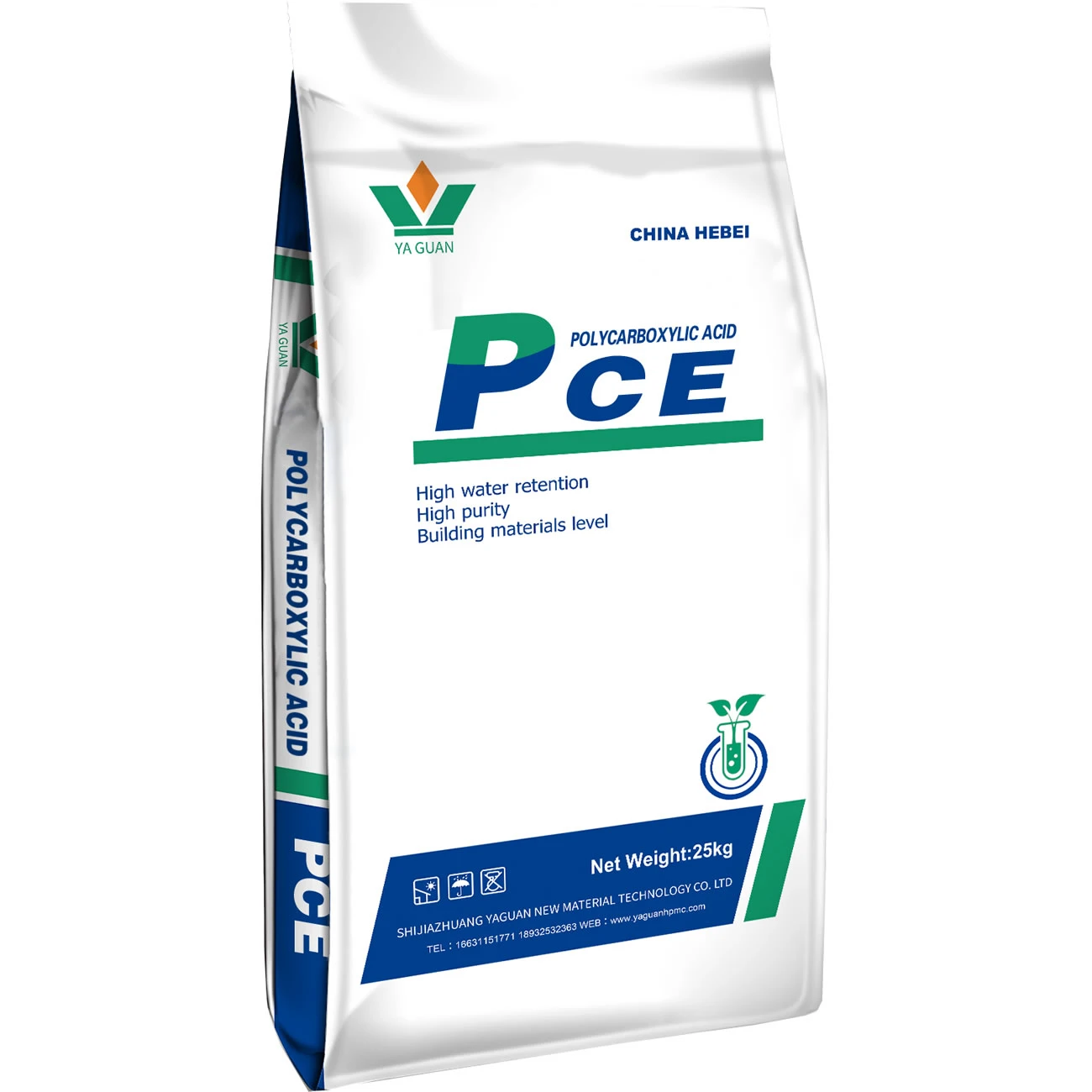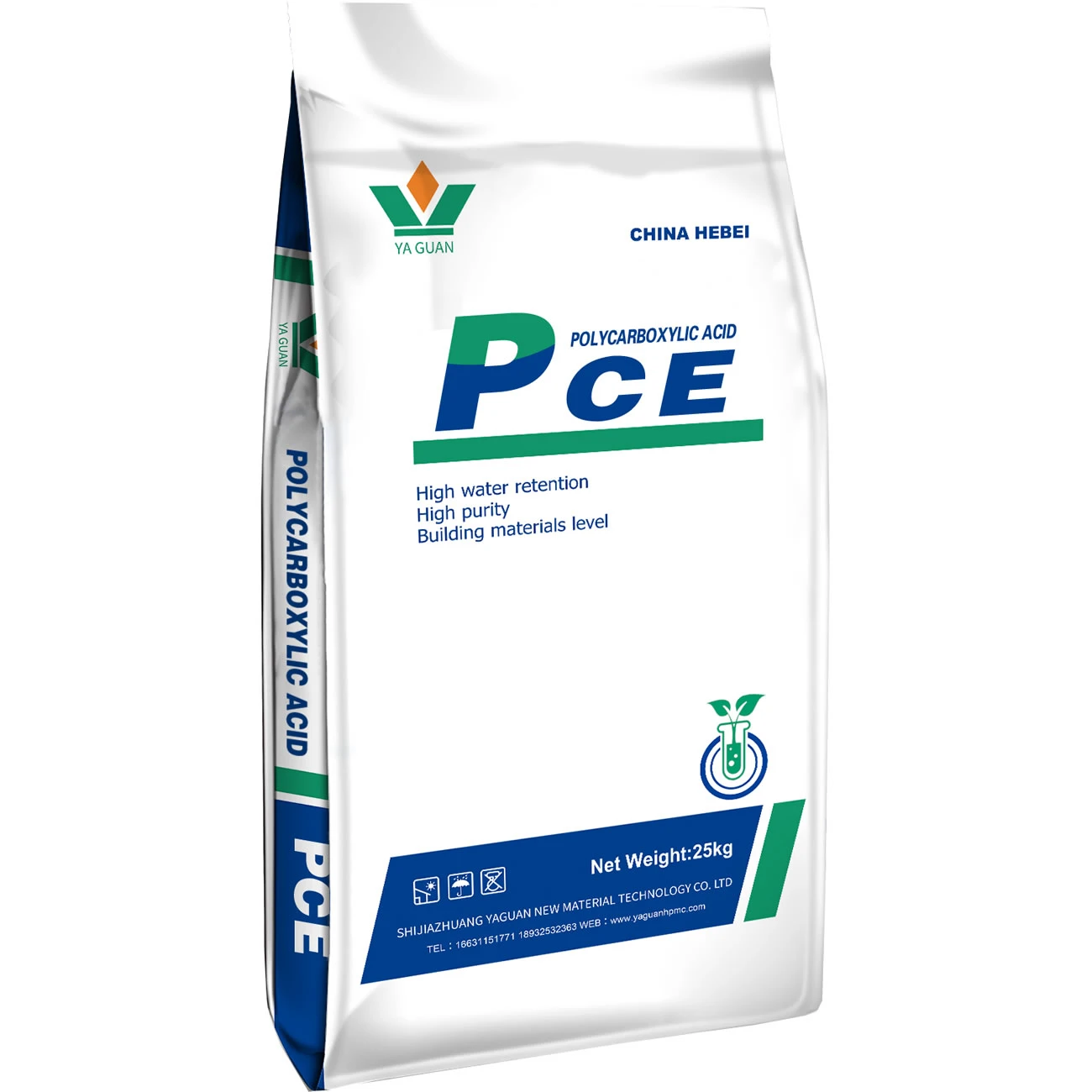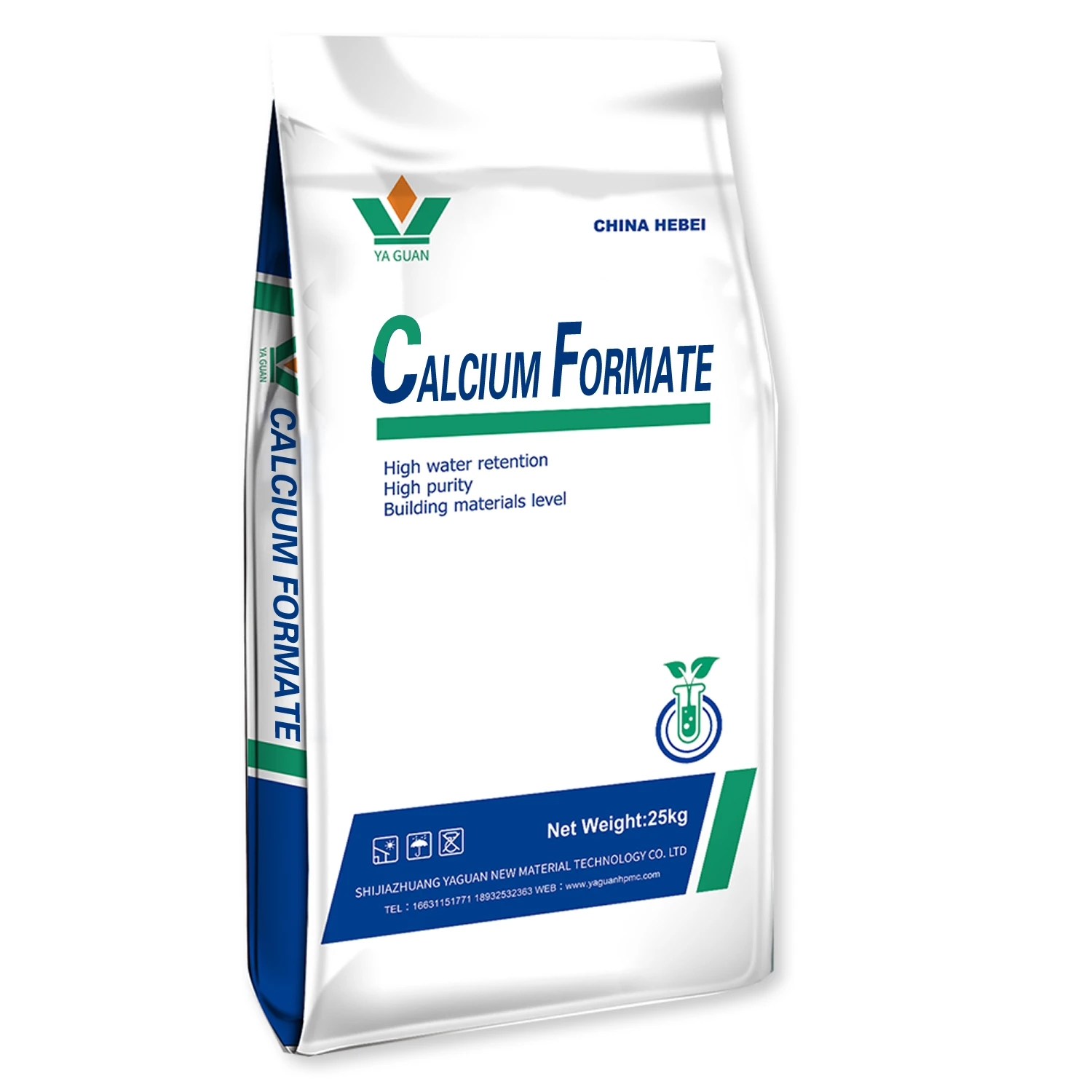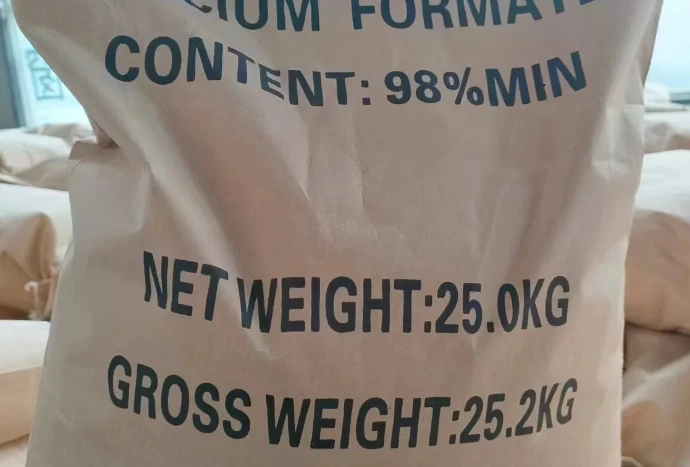
In modern industrial chemistry, hpmc, or hydroxypropyl methyl cellulose, has become a cornerstone material across multiple sectors including construction, paints and coatings, and daily chemical manufacturing. Recognized for its superior film-forming, thickening, and water retention abilities, cellulose ether hpmc provides unmatched performance in a wide range of demanding applications. With the continuous development of environmentally friendly and performance-driven products, celulosa hpmc stands out as an essential ingredient, offering reliability, safety, and enhanced functionality. This article explores the multifaceted role of HPMC, highlights its performance benefits, and provides deeper insight into its market position and usage trends.

Versatile Functionality in Construction and Coatings
HPMC plays a pivotal role in the construction industry, especially in dry mix mortar products and tile adhesives. Its excellent water retention capability helps slow the drying time of cement and gypsum-based materials, ensuring longer open time and improved adhesion. When used in tile adhesives or wall putty, gel hpmc enhances workability by providing a smoother texture and more uniform application.
Moreover, HPMC helps prevent sagging and cracking by maintaining moisture in cementitious materials. This is particularly vital in large-scale construction projects exposed to high temperatures or low humidity, where premature water loss can compromise quality. The result is a more manageable, effective application process with high durability and aesthetic consistency.
In paints and coatings, cellulose ether hpmc acts as a rheology modifier and stabilizer. It provides viscosity control, improving the suspension of pigments and additives. This leads to even dispersion, better leveling, and minimized surface defects such as streaks or brush marks. Its non-ionic nature ensures compatibility with other ingredients in water-based and latex-based systems, making it indispensable in formulation development.
Applications in Personal and Home Care Products
Outside of construction, HPMC also finds extensive use in the production of personal and household care items such as shampoos, hand sanitizers, and lotions. In these formulations, hpmc functions as a thickening agent and emulsifier, enhancing the texture and shelf stability of the final product.
In hand sanitizers and gel-based cleaners, gel hpmc contributes to smooth texture and appropriate flow behavior, ensuring the product is pleasant and easy to use. Moreover, its biocompatibility and non-toxic nature make it safe for skin contact, aligning with regulatory standards for cosmetics and health care.
In household cleaners, HPMC improves cling on vertical surfaces, helping active ingredients remain longer for better cleaning performance. Its transparency and film-forming abilities make it an ideal addition for clear, high-clarity products, especially in premium cleaning solutions where visual appeal matters.
Environmental Responsibility and Sustainability
Modern consumers and industries are increasingly demanding sustainable materials that align with global environmental goals. In this context, celulosa hpmc offers a compelling advantage. Derived from natural cellulose sources such as cotton and wood pulp, HPMC is inherently biodegradable and environmentally friendly.
Its production processes, when properly managed, can achieve a low environmental impact, especially compared to synthetic polymers. Furthermore, HPMC meets safety regulations across Europe, the Americas, and Asia, making it a globally accepted and certified ingredient.
HPMC’s functionality also contributes to sustainability in indirect ways. By extending the working time of cementitious materials, it reduces waste on construction sites. Its performance in coatings can reduce the need for reapplication, lowering overall material consumption. These benefits align well with the green building and eco-label initiatives that are becoming industry benchmarks.
Market Trends and Global Demand Outlook
The global demand for cellulose ether hpmc continues to grow, driven by urbanization, infrastructure investment, and the expanding personal care sector. In the construction industry, demand is particularly strong in emerging markets in Asia-Pacific, Africa, and the Middle East, where infrastructure projects require cost-effective and reliable materials.
In developed markets, HPMC is being adopted in sophisticated formulations for green building materials and specialty coatings. Simultaneously, the home and personal care industries are incorporating hpmc into clean-label products with plant-based ingredients, a trend that continues to gain traction among health-conscious consumers.
Another area of development is pharmaceutical-grade HPMC, which is used as a controlled-release matrix in oral tablets. While this application falls under stricter regulatory control, it reflects the material’s high purity, stability, and safety.
From a supply chain perspective, sourcing high-quality cellulose ether hpmc requires a supplier capable of maintaining consistency, quality control, and innovation. Chinese manufacturers, particularly those with vertically integrated production lines and strong R&D capabilities, are becoming prominent players in the global HPMC supply network.
Hpmc FAQs
What is HPMC and how is it produced?
hpmc (hydroxypropyl methyl cellulose) is a non-ionic cellulose ether produced by chemically modifying natural cellulose with methylene chloride and propylene oxide. This reaction introduces methoxy and hydroxypropyl groups into the cellulose backbone, giving it unique solubility and gelling properties.
What are the main benefits of using cellulose ether HPMC in construction?
In construction applications, cellulose ether hpmc improves water retention, enhances workability, and provides superior adhesion. It reduces cracking, prevents sagging, and increases the durability of cement and gypsum-based formulations. These performance traits lead to higher quality finishes and reduced material waste.
How does gel HPMC improve personal care formulations?
Gel hpmc acts as a thickener, stabilizer, and emulsifier in personal care products. It improves the texture and viscosity of gels, shampoos, lotions, and creams. Its compatibility with various ingredients and non-toxic nature makes it suitable for skin-contact products, ensuring both performance and safety.
Is celulosa HPMC environmentally friendly?
Yes, celulosa hpmc is derived from natural plant fibers and is biodegradable. It meets the regulatory requirements for environmental safety in most regions and is considered a sustainable alternative to synthetic thickeners and stabilizers. It also contributes to eco-efficiency by reducing waste and extending the usability of products.
What factors should be considered when choosing an HPMC supplier?
When selecting an hpmc supplier, buyers should consider consistency in viscosity, purity levels, production capacity, and customer support. Suppliers with advanced R&D capabilities, international certifications, and robust logistics networks can ensure long-term reliability and support product innovation.







